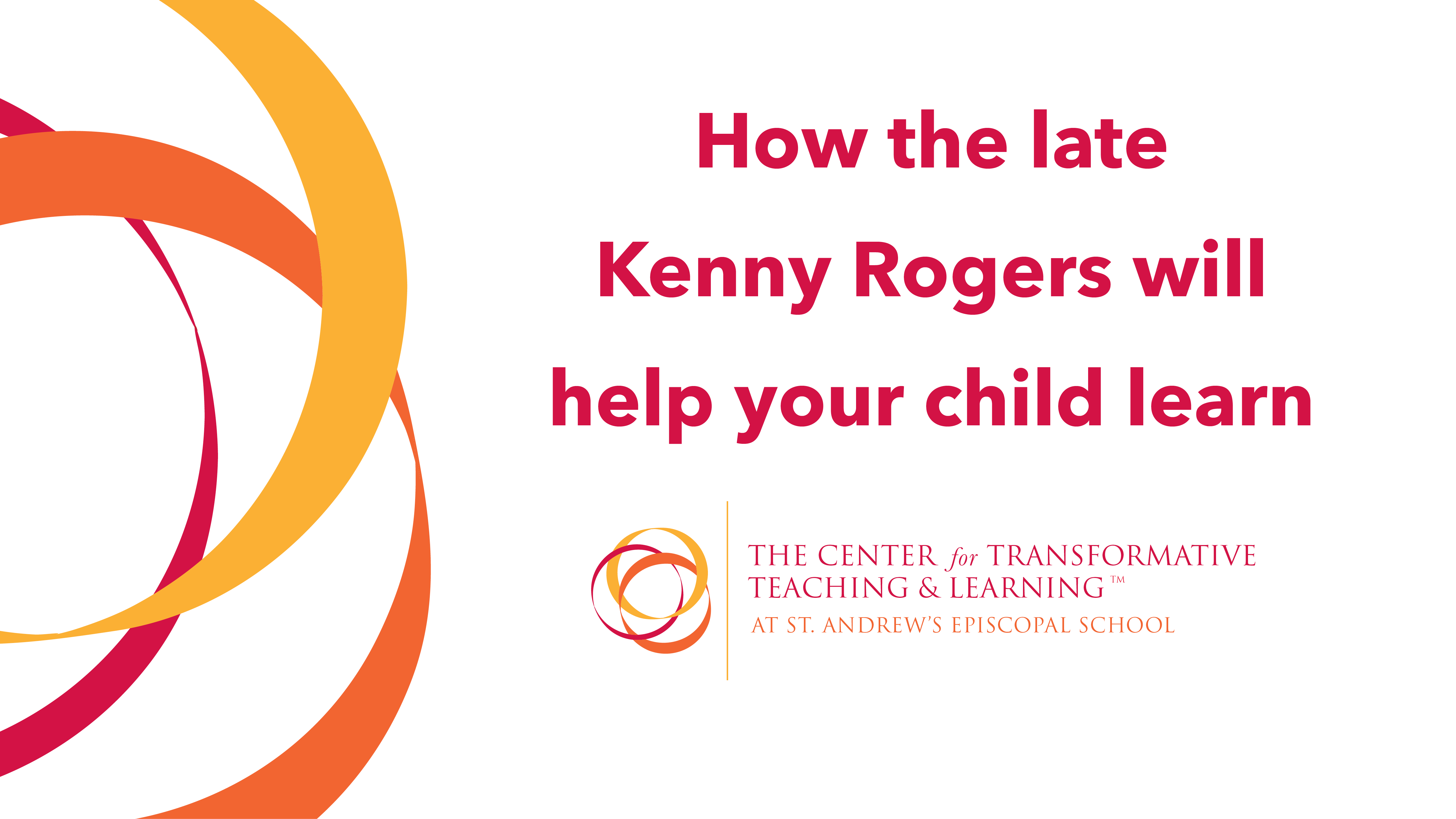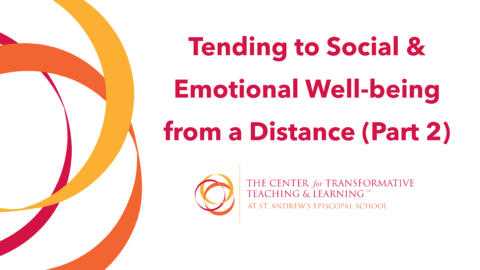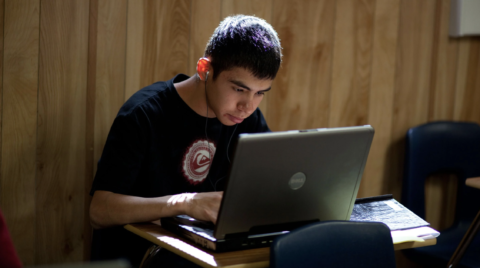By Dr. Ian Kelleher
John looks at the online lesson his teacher has just posted, leans back in his chair and lets out a loud groan that makes his dog walk out of the room in disgust. His father pokes his head through the doorway with a puzzled look on his face. “Enough with the ‘read this, watch this, write this’ assignments. I am not a visual learner, I am not an auditory learner, I am a kinesthetic learner – this isn’t working for me. Argh!”
What do “learning styles” look like in our distance learning world? How can we best support our kids?
First, let’s look at a good classroom. A good classroom is a rich place. Teachers craft lessons that include lots of different “modalities” – direct instruction, images, short video clips, using manipulatives, building things, getting up and acting it out, and so much more, maybe all in the course of one lesson. In this sudden shift to distance learning, a lot of that has been lost – some perhaps permanently due to restrictions in technology or other resources, and some just temporarily as teachers adjust to using a different palette of colors to bring life to their class.
Why is this a good classroom? You may think the reason is because rich lessons like these cater to all different types of “learning styles.” There is something for auditory learners, something for visual learners, something for kinesthetic learners, and so on. You may think this, but you are absolutely wrong — sorry. The whole concept of “learning styles” is actually a myth. A very pervasive one, believed by lots of teachers too, but a myth nonetheless. The academic whose research this is based on, Professor Howard Gardner at Harvard, is actually giving talks with the message, “Please stop doing this! I didn’t mean it like that!”
Like many pervasive myths, there is a nugget of truth buried in there somewhere. Everybody has different current cognitive strengths and weaknesses. But the word current is important, because these can change over time through deliberate practice because brains are malleable — they are constantly rewiring as a result of all the experiences we have and how we unpack them. This concept is called neuroplasticity.
The myth comes in that there is no benefit when the teacher tries to match the cognitive strengths of each child in their class. Instead, they should teach in a bunch of modalities, but pick which ones to use based on which are going to be best for the material they want to teach. In online teaching, this of course becomes harder.
But the real damage comes when students say, “I cannot do X because I am a Y type of learner.” I cannot do this text-based task because I am a kinesthetic learner, for example. Labeling yourself with a learning style often becomes a self-fulfilling prophecy as students develop a fixed mindset on what they can and cannot do. They start to believe that they can only do a task if it matches their style, and begin to turn off from or shun other types of assignments. There is a danger that this could become exacerbated for some students in our new distance-learning world as the palette of options a teacher is drawing from may be more limited, especially in the early days of the transition.
So what can I do? This is timely advice, because it comes shortly after the sad passing of legendary musician, Kenny Rogers. Wherever the CTTL goes in the world we have asked people about Kenny Rogers, and everywhere there are people who know that one line of that one song. Do you know which one I mean?
Researcher John Hattie has looked at data from more than 80 million of students in 50,000 studies. One of his consuming questions was, What is the one thing that helps students learn the most? His grad students labeled the answer “The Kenny Rogers Theory of Learning.” It turns out that the most important factor for being a successful student is using the right strategy at the right time. Beautifully simple, isn’t it?
So back to John. How do we help him?
- First, ban him from saying “I am a kinesthetic learner” and do not use such labels as a family. Instead, help him see that he has a whole range of different cognitive strengths and current areas of challenge.
- Second, talk to him about neuroplasticity (& this link too), and help him believe that he has the power to rewire his brain in ways that help him be a more effective, efficient learner. And the time when his brain has its greatest levels of neuroplasticity are the years when he is at school. So his areas of current challenge are exactly that, current.
- Third, introduce him to Kenny Rogers. Or at least the Kenny Rogers Theory of Learning. Yes, you will come across assignments that do not line up with your current areas of cognitive strength. Everybody does, and everybody struggles at times. But the secret to being successful is to use the right strategy at the right time. Try to help John frame his thoughts around the use of strategies. What strategies could you try? What are some strategies that have worked in other classes, or in this class at other times in the year, that you could use here? Get in touch with some of your friends and find out some of the strategies they have been using. How could you use your strengths to come up with a strategy that is going to work for you?
- Fourth, the teacher plays an important role in the Kenny Rogers Theory of Learning. They need to be a coach to help John find what strategies work for him, and how to find the right strategy to use at the right time. So try to get John to contact his teacher and ask for suggestions for strategies to help him learn it. This is different than the general call asking for help, or to say that “I don’t get it. Can you reteach me?” This call is framed around helping equip John with good tools so that he can do the work.
This is not necessarily a quick fix, but focusing conversations at home on what strategies are you using? and what are other strategies could you try? sets your child on a pathway to being a more effective and efficient student.
Dr. Ian Kelleher is a science teacher at St. Andrew’s Episcopal School, and Head of Research for its Center for Transformative Teaching & Learning. His work focuses on helping teachers translate the science of learning into everyday practices in their own classrooms, and measuring the impact. Ian is the co-author of “Neuroteach: Brain Science and the Future of Education,” and co-designer of Neuroteach Global. Ian is the the inaugural Joseph and Kathleen Dreyfuss Faculty Chair for Research, an endowed position at St. Andrew’s Episcopal School for the lead CTTL researcher.




